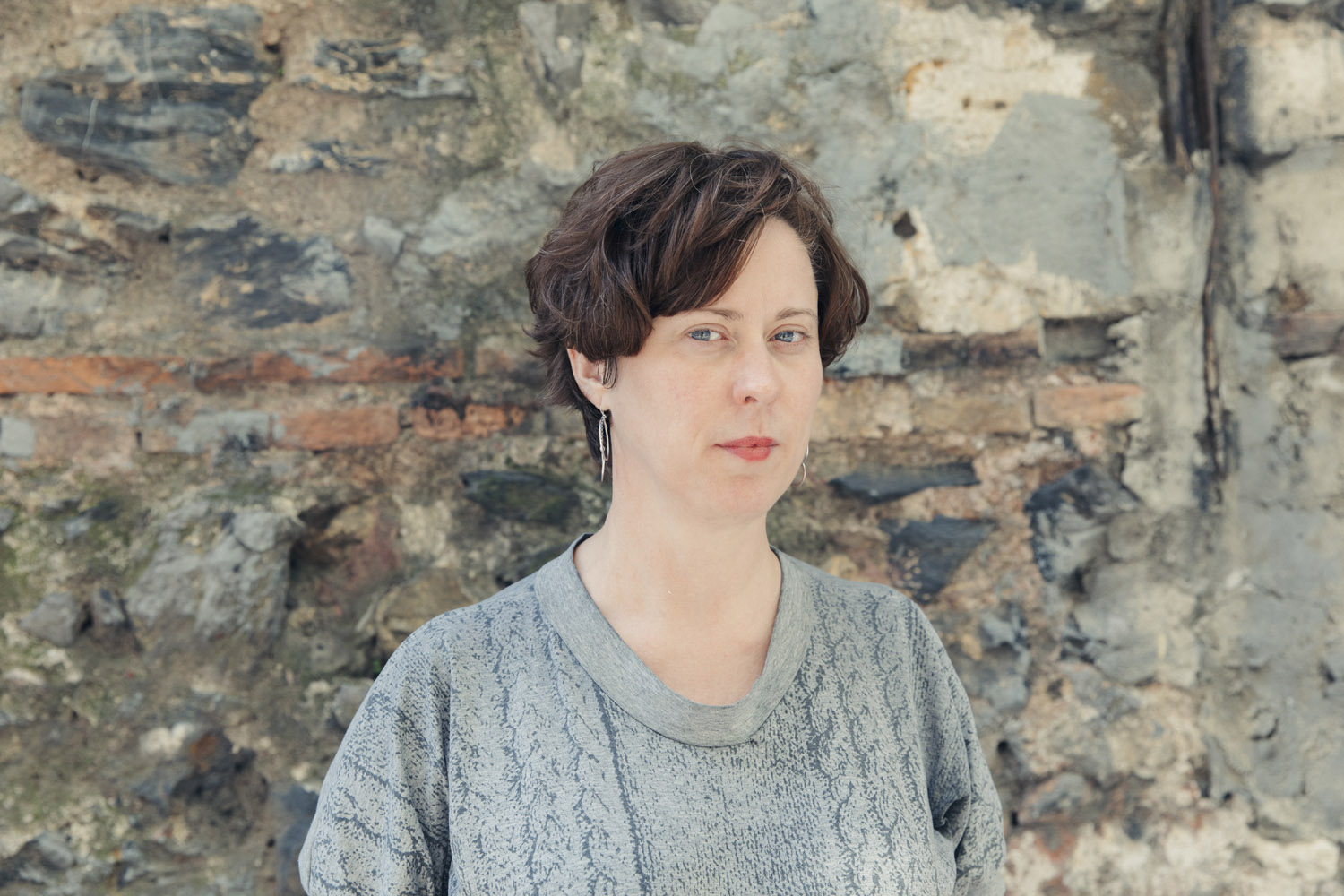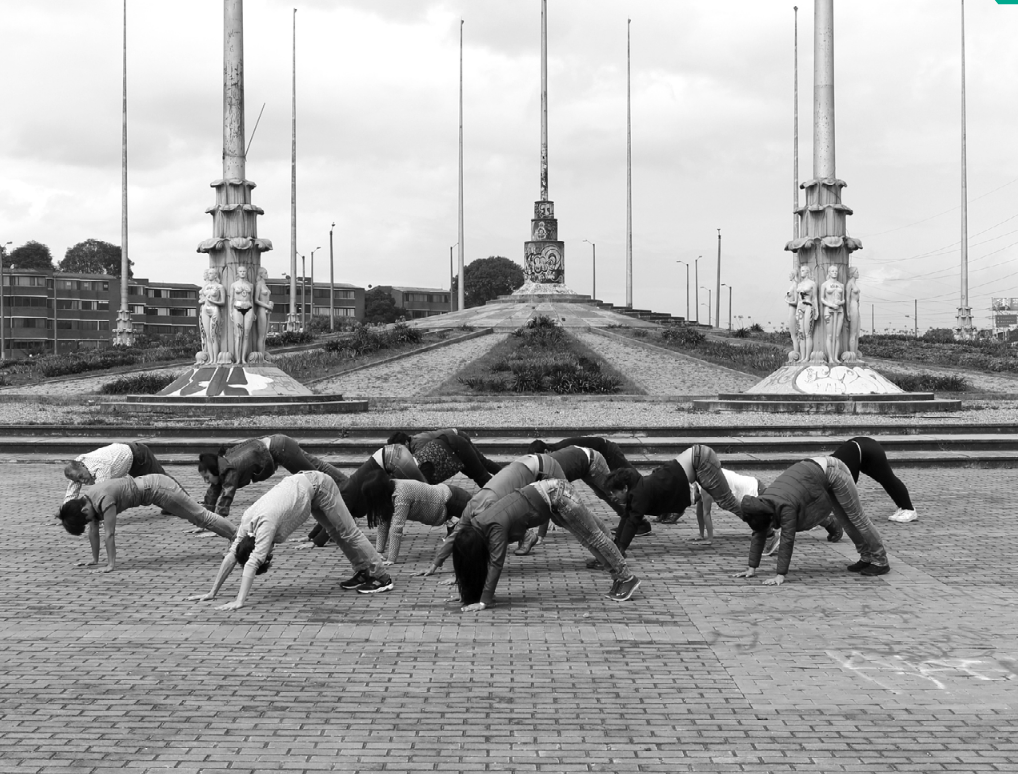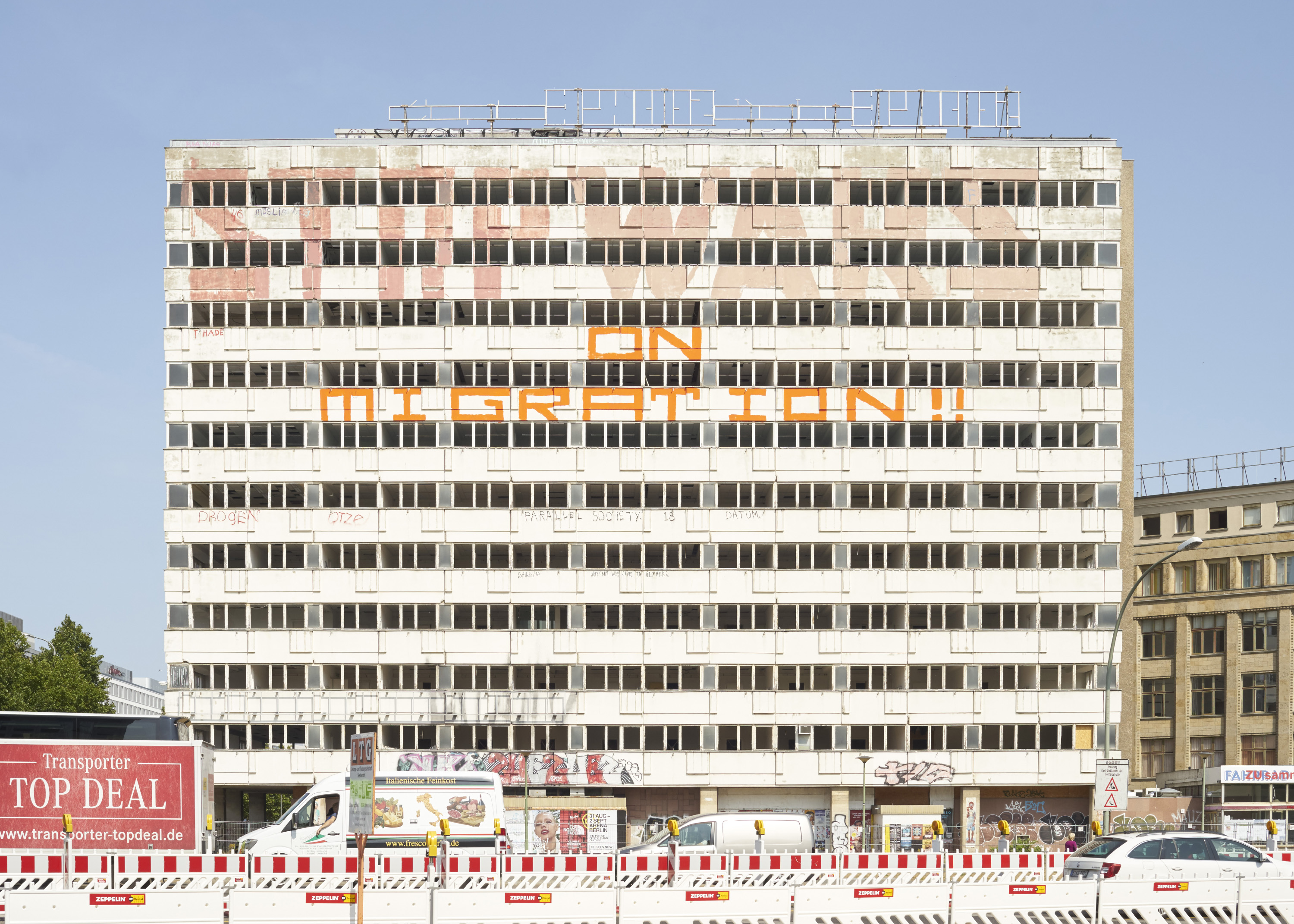Ignacio Farías: Parts and Traps for Making Futures
Let me begin with two observations concerning current transformations of urban politics that set the scene for the making of urban futures.
Firstly, we are entering a moment in urbanism, in which key transformations increasingly concern techno-scientific issues, such as climate change adaptation or algorithmic urbanism. In this context, as the Invisible Committee (2014) has argued, power becomes increasingly logistic and, with that, our analytical frameworks need to change as well. Conventional political economy approaches become indeed increasingly insufficient to grasp current challenges in urban politics, for what is at stake is not just the government of urban populations as ‘citizens’ or ‘consumers’, but the emergence of new figurations of urban residents as ‘users’, ‘data points’ or even ‘sensors’. Thus, urban politics increasingly revolves around the relationships people maintain with various urban infrastructures.
Secondly, even though participation has become an obligated passage point for contemporary urbanism, it has mostly failed to address the techno-politics of urban infrastructures. Still today, participation is mostly imagined as the overcoming of knowledge deficits among affected communities, taking the form of communication and educational campaigns. Participation is also practiced as a form of market research: an information-retrieval procedure to elicit the visions and preferences of different socio-demographic groups. Yet, by invoking ‘the’ community or the ‘users’, these approaches make invisible the expert knowledges and technical abilities of concerned groups, citizen initiatives, activists, and others about matters of shared concern.
These infrastructural and participatory turns in urban politics are of course not two separate processes. We need to ask how these developments empirically intersect; and, most importantly, how the concepts of infrastructure and participation might complement and even redefine each other. Doing so might allow us to unpack other conceptual figures for the making of urban futures.
Make Parts, not Wholes
The core issue in participation is the relationship between parts and wholes. Accordingly, we might distinguish between two different types of participation: one involves the ‘making of wholes’, that is, practices that attempt to integrate parts, so that they participate of an emergent coherent overarching whole (assuming the whole to be more than the sum of the parts); the other type involves the ‘making of parts’, that is, practices that contest existing wholes by pointing to parts that have not been taken into account (assuming the whole to be less than each of its parts). In making this distinction, I follow Jacques Rancière (2015), who argues that all forms of government are ultimately about making and policing coherent wholes. In a somewhat counterintuitive move, Rancière argues that democracy is not one amongst the many forms of government, but a political event that is characterized by the disruptive emergence of a new part that disrupts the whole.
What follows from such attention to ‘parts without a part’ is a redefinition of participatory urbanism from a practice concerned with the articulation of ‘commons’ to one concerned with the articulation of ‘uncommons’ (Blaser and De la Cadena 2017). The commons are indeed a figure of the ‘whole’, of the city as a shared ground articulated, crafted and imagined in the worlding projects of many initiatives and collectives. The participatory is thus often imagined as an operation of partaking in the creation of a new whole, of a new definition of the community. The challenge, it seems to me, is to reimagine the participatory as also involving an operation of partitioning existing wholes through the creation of irreducible, untranslatable, uncomposable parts. Such articulation of the uncommons creates “a condition that disrupts (yet does not replace) the idea of ‘‘the world’’ as shared ground: an idea that appears as the condition of possibility for the common good and of commons” (Blaser and De la Cadena 2017: 186).
The invitation then is to start prototyping urban practices of future making that are not primarily oriented to forging the commons, but that are also invested in perfoming and articulating the uncommons. One way of operating with the uncommons, I will suggest at the end of this essay, is experimenting with collaboration in city making processes as a practice of entrapment.
Make Backgrounds, not Figures
Let’s explore now how the concept of infrastructure might allow us to rethink participation. Importantly, the concept of infrastructure designates more than just a large technical system (sewage, internet, highways, etc.), even though we might speak of such systems as infrastructures. Infrastructures are also the result of processes of visibilization and invisibilitation of sociotechnical arrangements. Anthropologist Brian Larkin argues for example that infrastructures “are present to the senses, yet they are also displaced in the focus on the matter they move around” (Larkin 2013) – that is, infrastructures result from a specific distribution of the sensible, which foregrounds certain practices and things and backgrounds others. Infrastructure in other words is that what is made invisible through a process of ‘backgrounding’, so that they “are only visible upon breakdown” (Star 1999).
Taking this into account, it becomes evident that demands for participation flourish in situations of infrastructural breakdown. Many urban social movements are precisely a response to the failure of urban governments to implement the modern ideals of universal service and infrastructural provision, especially social housing. Thus, breakdown does not just make infrastructures visible, but also politicizes them, sparking issue publics into being, and grounding demands for a ‘right to infrastructure’ (Corsín Jiménez 2014), both in the sense of access to basic infrastructures, but also in the sense of a right to prototype future infrastructures. Indeed, a lot of DIY urbanism involves attempts at redesigning the infrastructures, the support life structures, that are lacking for a good urban life.
But, and this is the key point, participation is not just about problematizing the present and prototyping the future, but also about eventually ‘backgrounding’ the socio-technical arrangements designed by urban residents and concerned groups, so that these can enable other futures and other forms of life in a silent and reliable, that is, in an infrastructural manner. This is the challenge that the notion of a ‘right to infrastructure’ should allow us to identify for participatory urbanism: how to create the condition for backgrounding the open and fragile prototypes that emerge in participatory urbanism, how to stabilise them and render them into uncommon infrastructures.
Make sense, make traps
Such ‘right to infrastructure’ does not only require a recognition of the technical capabilities of residents, activists and other civic society actors to prototype urban infrastructures, but also the enrolment of urban professionals, technical experts and city officials in other forms of infrastructuring the urban. But who are these certified experts? According to Stengers, the figure of the expert cannot be defined by the type of knowledge or skills they have, but rather by their degree of implication. “Experts”, she suggests, “are the ones whose practice is not threatened by the issue under discussion” (Stengers 2005). Thus, when they give certain recommendations, when they suggest people should have no fears, when they ask people to trust them, it is not their lives, their families, their practices, their habits, their properties that are at stake. Experts, one could say, have a very specific deficit: lack of affectedness. Such deficit calls for two interconnected strategies: the sensitization and the entrapment of expert reason.
Importantly, the ‘sensitization of experts’ requires much more than making visible the matters of concern of concerned groups and communities. It actually calls for a rethinking of architectural and urban design education, so that, as Tomás Criado has put it, we might “come to our senses” (Farías and Sánchez Criado 2018). The idea of making experts coming to our senses opens up can be read in at least three ways. Firstly, coming to our senses is a project that requires confronting the various interrelated crises of contemporary urbanism (ecological crisis, real estate crisis, democratic crisis) and radically questioning the techno-economic premises and rationales of architectural and urbanistic practice. Secondly, coming to our senses requires opening up the sensorial apparatus of contemporary architectural practice, which in part due to its ocular-centrism reduces the architectural challenge of shaping space to the design and construction of buildings. Opening up the sensorial apparatus of architectural practice is a condition for engaging in other modes of production of spaces, paying attention to the performative and multimodal capacities of bodies and their becomings. Finally, coming to our senses involves a redistribution of the sensible, the institution of a new ‘common sense’, the creation of a new shared ground for a participatory urbanism.
But such sensitization of experts needs to begin with a clear recognition of the otherness of expert reason and its incommensurability with a participatory urbanism that does not negotiate the value of parts, of partial, interstitial and subaltern modes of urban life, that are irreducible and even incompatible to holistic understanding of the urban and the city. A sensitization for other modes of making cities is, unfortunately, not a project city adminsitrations and professional experts would embrace as an obvious urgent need. The question then for participatory urbanism is then how to “friendly hack” into the public administration (Seravalli, Hillgren, and Emilson 2014) or, to use a different conceptual figure how to “trap” (Corsín Jiménez and Nahum-Claudel 2019)professional experts in other modes of infrastructuring urban life.
So, let me finish this intervention describing this latter figure in the hope that it might inspire a different conversation about tactics and strategies for realizing a right to infrastructure. Anthropologist Alfred Gell (1996) observed that African animal traps are not just technical devices for capturing or killing animals, but also epistemic and artistic devices that contain a model of the environment of the prey. In other words, what traps express is how the trapper perceives and imagines how the prey perceives and imagines its environment. Accordingly, setting traps might require us first to think like experts, so that we can blend ourselves into their environments and lure them into participatory spaces, that is, spaces of dissent in which they might have no other option than to seriously engage with other forms of sensing, knowing, valuing and ultimately infrastructuring the urban. Setting traps is not a form of sabotage. It is a process that requires us to become with and against each other, to spend more time thinking about how to engage our technical counterparts, the city officials and professional experts, in ways that they might not agree to if we would ask them in advance, considering that we need to create situations, in which the uncertainties and constraints they are coping with in their work, could be made public and open for critique and discussion. It is in this sense that we might need to think of participatory urbanism as involving the setting of traps.
Ignacio Farías is professor of urban anthropology at the Humboldt University in Berlin. His most recent work explores the politics of urban disruptions (and waves!), from tsunamis over heat to noise. Ignacio will be part of Making Futures School working in tandem with Comunal: Taller de Arquitectura on the Collectivity Track.
___
Bibliography
Blaser, Mario and Marisol De la Cadena. 2017. “The Uncommons: An Introduction.” Anthropologica 59(2):185–93.
Corsín Jiménez, Alberto. 2014. “The Right to Infrastructure: A Prototype for Open-Source Urbanism.” Environment and Planning D: Society and Space 32:342–62.
Corsín Jiménez, Alberto and Chloe Nahum-Claudel. 2019. “The Anthropology of Traps: Concrete Technologies and Theoretical Interfaces.” Journal of Material Culture 1359183518820368.
Farías, Ignacio and Tomás Sánchez Criado. 2018. “Co-laborations, Entrapments, Intraventions: Pedagogical Approaches to Technical Democracy in Architectural Design.” Revista Diseña (12):228–55.
Gell, Alfred. 1996. “Vogel’s Net: Traps as Artworks and Artworks as Traps.” Journal of Material Culture 1(1):15–38.
Invisible Committee. 2014. To Our Friends. Cambridge, MA: MIT Press.
Larkin, Brian. 2013. “The Politics and Poetics of Infrastructure.” Annual Review of Anthropology 42:327–43.
Rancière, J. 2015. Dissensus: On Politics and Aesthetics. Bloomsbury Publishing.
Seravalli, Anna, Per-Anders Hillgren, and Anders Emilson. 2014. “Designing in the Neighborhood: Beyond (and in the Shadow of) Creative Communities.” Pp. 35–62 in Making futures: Marginal notes on innovation, design, and democracy, edited by P. Ehn, E. M. Nilsson, and R. Topgaard. Cambrige, MA, London: MIT Press.
Star, Susan Leigh. 1999. “The Ethnography of Infrastructure.” American Behavioral Scientist 43(3):377–91.
Stengers, Isabelle. 2005. “A Cosmopolitical Proposal.” Pp. 994–1003 in Making things public : atmospheres of democracy, edited by B. Latour and P. Weibel. Cambridge, MA, Karlsruhe: MIT Press; ZKM / Center for Art and Media in Karlsruhe.



